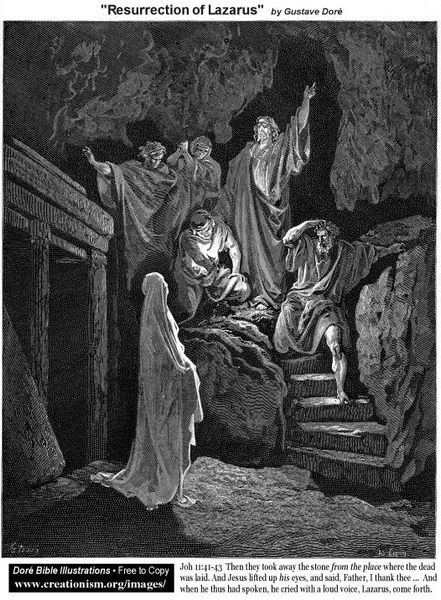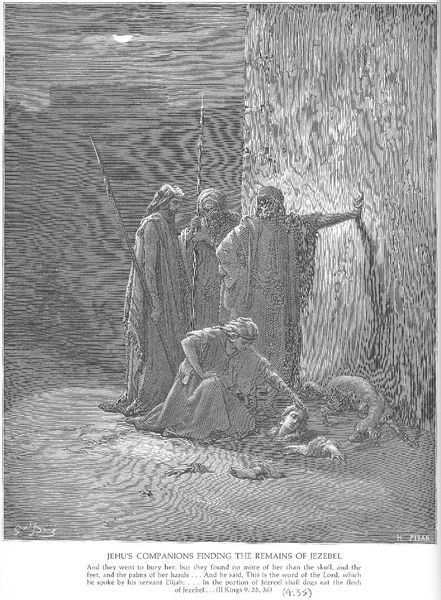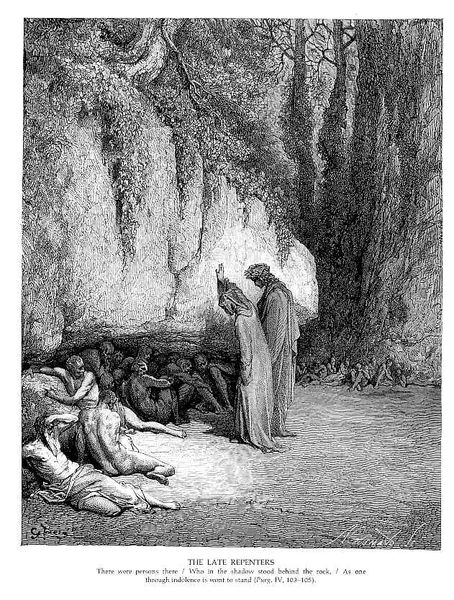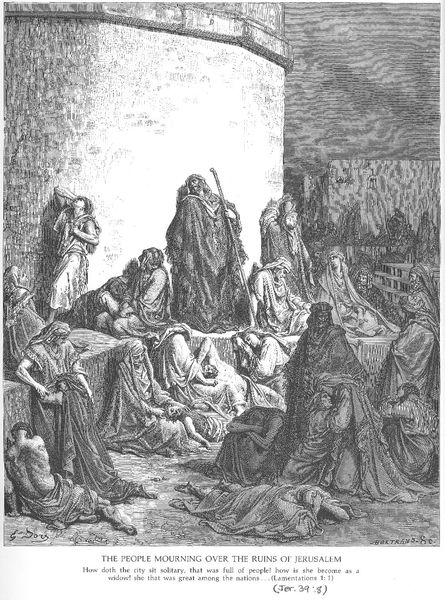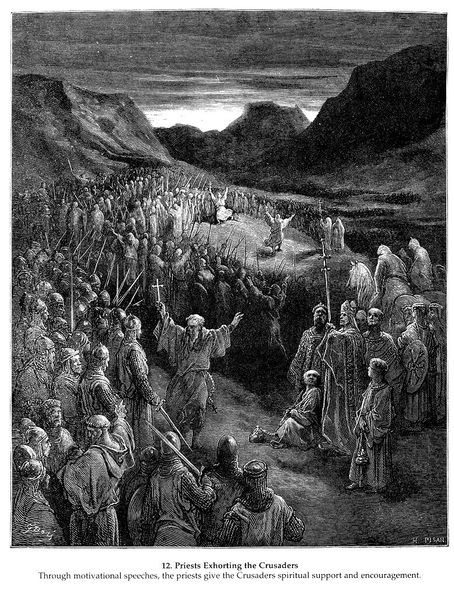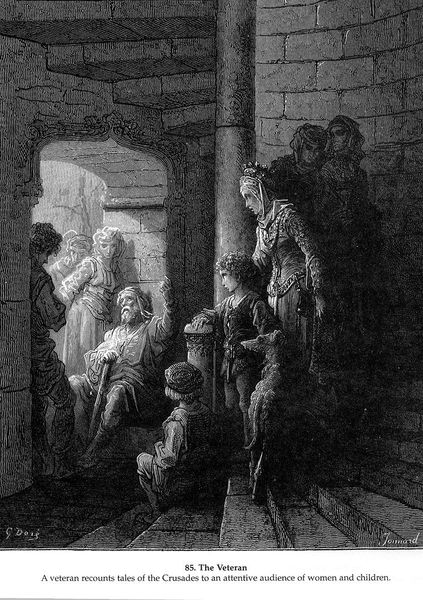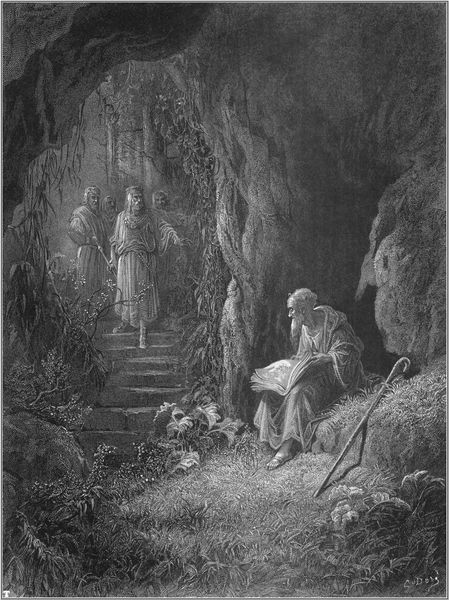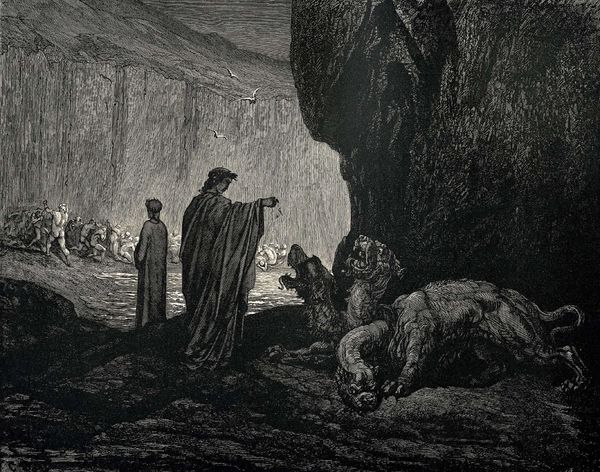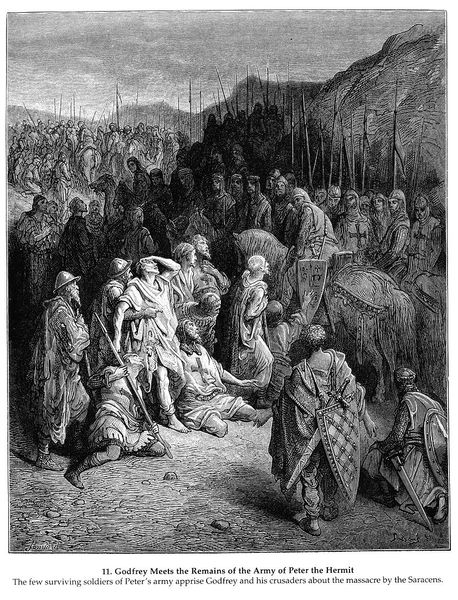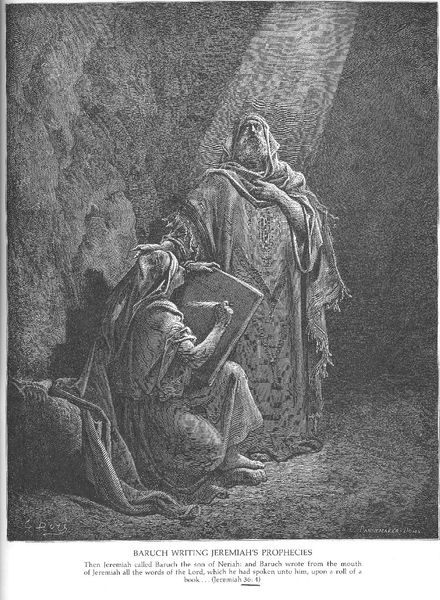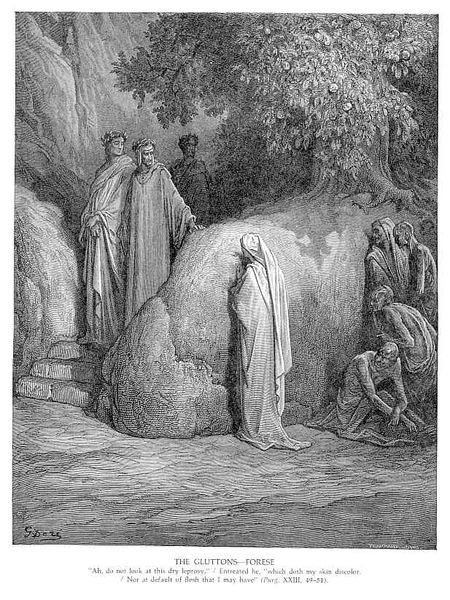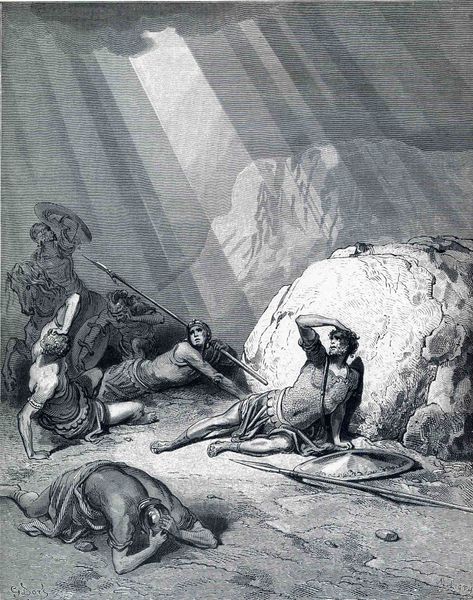
Copyright: Public domain
Editor: This is Gustave Doré’s "The Burial of Sarah," created in 1866. It’s an engraving. I'm immediately struck by how stark and dark it is, and the figures seem burdened, almost consumed, by the materiality of the rocks around them. What jumps out to you? Curator: Notice how the process of creating an engraving, with its intense labor and reliance on reproducible matrices, democratizes the depiction of a biblical scene. Consider the social context: this wasn't painted for a royal court, but made accessible through printmaking techniques. How does the medium shape our understanding of the subject matter here, the very act of burial? Editor: So, you’re saying the accessibility of the engraving changes how we view something usually reserved for religious or aristocratic patronage? The sheer number of these prints would circulate. Curator: Exactly. It becomes a commodity. The line work, seemingly so simple, requires specialized tools, highly skilled artisans. We also need to look at where he would source his materials like the metal plates and inks. Where did that originate from, who controlled the flow of those resources? Editor: The act of producing and distributing the image becomes crucial to understanding the image itself. Curator: Absolutely. Think of the paper this is printed on - who made that? It goes back to resources, labor and what all that means to different layers of society, even back in the 1800’s. Editor: I never thought about an artwork's materials beyond the visual. It brings so much more to consider. Curator: And it forces us to challenge preconceived notions about high art. "Craft" plays an essential role.
Comments
No comments
Be the first to comment and join the conversation on the ultimate creative platform.
